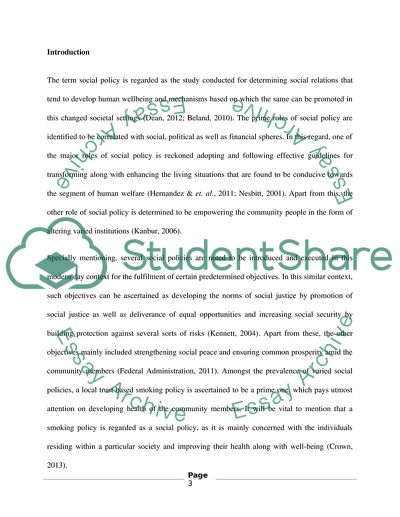Cite this document
(Social Policy Coursework Example | Topics and Well Written Essays - 3000 words - 2, n.d.)
Social Policy Coursework Example | Topics and Well Written Essays - 3000 words - 2. Retrieved from https://studentshare.org/social-science/1864947-social-policy
Social Policy Coursework Example | Topics and Well Written Essays - 3000 words - 2. Retrieved from https://studentshare.org/social-science/1864947-social-policy
(Social Policy Coursework Example | Topics and Well Written Essays - 3000 Words - 2)
Social Policy Coursework Example | Topics and Well Written Essays - 3000 Words - 2. https://studentshare.org/social-science/1864947-social-policy.
Social Policy Coursework Example | Topics and Well Written Essays - 3000 Words - 2. https://studentshare.org/social-science/1864947-social-policy.
“Social Policy Coursework Example | Topics and Well Written Essays - 3000 Words - 2”, n.d. https://studentshare.org/social-science/1864947-social-policy.


